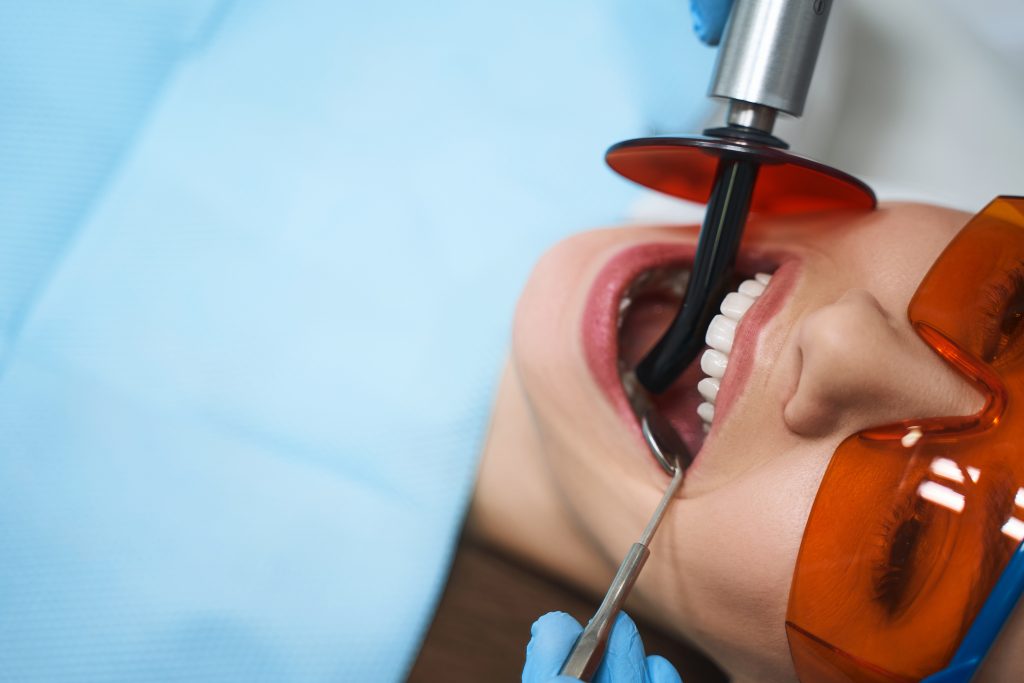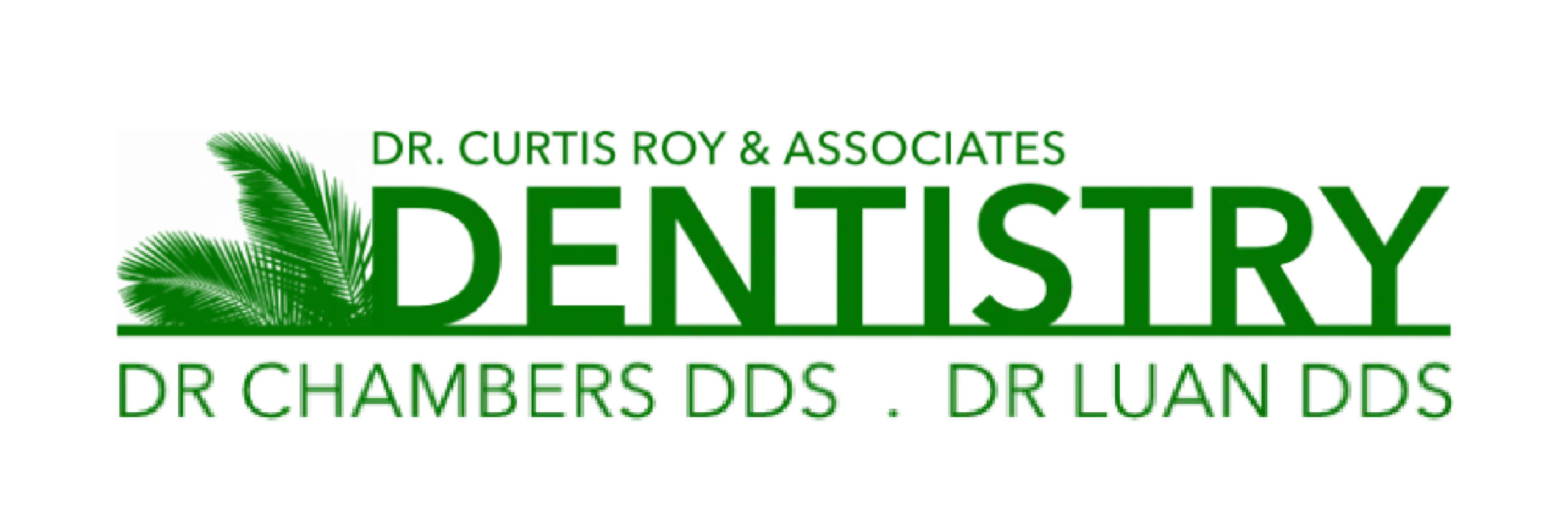Don’t Brush Off Your Dental Benefits: Use Them or Lose Them!

The year is coming to a close, it’s the holiday season and you have a lot on your mind with planning for Thanksgiving and Christmas for the whole family. But it’s also an important time to remember your dental benefits! Yes, those precious dental plan benefits that often go unnoticed like that last piece of spinach stuck in your teeth! Remember, most dental insurance plans are a “use it or lose it” scenario, so let’s make sure those benefits don’t go to waste.
Using Your Dental Benefits by December 31st
Did you know that, as reported by the National Association of Dental Plans, an astonishing 97.2% of individuals enrolled in PPO dental plans fail to fully utilize their annual maximum benefits? This statistic is quite eye opening, as it shows that a vast majority of people are unknowingly saying throwing away their hard earned dental insurance benefits. It’s important to understand that most dental insurance plans operate on a “use it or lose it” basis. This means that as the calendar flips past December 31st, any benefits left untouched don’t typically roll over into the new year.
In more practical terms, this could translate to missed opportunities for preventive care, essential dental treatments, or even advanced procedures like dental implants dentures that you’ve been postponing. The end of the year is not just a time for holiday and family celebrations but also a critical period for making smart choices about your dental health and finances.
However, there’s a catch, acting on this realization requires prompt action on your part. Dental offices, especially those well known for their quality care, often have their appointment books filled weeks or even months in advance. This is particularly true as the year draws to a close, with many others also rushing to make the most of their health insurance’s remaining dental plan benefits.

Therefore, it’s advisable to schedule your dental appointments as soon as possible. Whether it’s a routine 6 month dental check-up, a necessary procedure, or even a consultation for a more complex dental service, now is the time to take action. By doing so, you are not only being proactive with your oral health, but also ensure that you’re maximizing the dental benefits you’ve already invested in throughout the year. Don’t let procrastination or delay lead to the loss of valuable benefits that could significantly contribute to your dental health and overall well-being.
Most dental insurance plans cover 100% of preventive visits. If you haven’t had one of your 6 month check-ups this year, now’s the time to schedule that appointment. Not only is it financially savvy, but regular check-ups can catch dental problems early, saving you from more extensive and expensive treatments later on.
Splitting Dental Procedures: A Smart Move
Here’s a scenario that might sound familiar to many: Imagine you’re sitting in the dentist’s chair, in the midst of a significant dental procedure, such as receiving a crown or a dental implant. These procedures are often essential for maintaining your oral health, but they can also be quite costly. As the dentist works, a worrying thought crosses your mind – the cost of this procedure is likely to exceed the remaining balance of your dental plan’s coverage for the year. This situation is not just stressful but also a common predicament faced by numerous dental patients.
However, there’s a strategic approach to consider that could alleviate some of this financial burden: splitting the procedure across the New Year. This tactic involves utilizing the remaining benefits of your current year’s dental plan and then tapping into next year’s benefits once they become available. By doing so, you effectively distribute the cost of the procedure over two benefit periods, which can significantly reduce your out-of-pocket expenses.
But, before you get too excited about this possibility, it’s crucial to have a detailed discussion with your dentist. Not all dental treatments are suitable for splitting across two calendar years. Your dentist needs to evaluate whether this approach is feasible and beneficial for your specific treatment plan. They will consider factors such as the nature of the procedure, the stages involved in the treatment, and how the timing might affect the overall outcome and effectiveness of the dental work.

Additionally, it’s important to remember that dental health should not be compromised for the sake of financial planning. Your dentist’s primary concern is your oral health and ensuring that the treatment you receive is timely and of the highest quality. Therefore, while splitting a procedure across two years can be a smart financial move, it should never come at the cost of the best possible care for your dental needs.
In summary, if you find yourself facing a costly dental procedure and are worried about exceeding your plan’s coverage, consider discussing the possibility of splitting the treatment across the New Year with your dentist. This approach could offer a more manageable financial solution, allowing you to make the most of your dental benefits while ensuring that your oral health remains a top priority.
Flexible Spending Accounts (FSA) – Can Be Used for Dental Procedures!
Flexible Spending Accounts (FSAs) offer a unique and beneficial way to manage your medical expenses, including those related to dental care. These accounts are particularly advantageous because they utilize pre-tax dollars, reducing your taxable income and allowing you to save money on healthcare costs. However, FSAs come with specific rules and limitations that are important to understand, especially as the year draws to a close.
The funds in your FSA may also need to be utilized by December 31st. This deadline is crucial because, unlike some other types of financial accounts, FSAs often operate on a “use it or lose it” principle. This means that any funds remaining in your FSA at the end of the year could be forfeited. Therefore, it’s essential to plan your medical and dental expenses throughout the year to ensure that you fully utilize these pre-tax contributions.
However, there are exceptions to this strict end-of-year deadline. Some FSA plans offer a grace period, extending the time you have to use your funds beyond December 31st. This grace period can vary, but it often extends into the first few months of the following year, providing additional time to incur eligible medical expenses.

Additionally, certain FSA plans allow for a carryover of a portion of unused funds to the next year. This carryover amount is often capped, with many plans allowing up to $500 to be transferred into the next year’s balance. This feature can provide a buffer for those who may have overestimated their medical expenses for the year, ensuring that some of the funds can still be utilized.
Given these variables, it’s crucial to check with your employer or FSA administrator to understand the specific terms of your plan. Each FSA can have different rules regarding deadlines, grace periods, and carryover options. Being well-informed about these details can help you make the most of your FSA funds and avoid losing out on the money you’ve set aside for healthcare expenses.
While FSAs are an excellent tool for managing medical expenses with pre-tax dollars, they require careful planning and awareness of their time-sensitive nature. As the end of the year approaches, review your FSA balance and plan accordingly to ensure you don’t let these valuable benefits slip away. Whether it’s scheduling that last-minute dental check-up or another qualifying medical procedure, make sure to maximize the use of your FSA funds within the allowed time frame.
Need to Schedule a Dental Appointment to Use Those Sweet, Sweet Dental Benefits?
At Dr. Curtis H. Roy & Associates, DDS, we understand navigating dental benefits can be tricky. If you’re unsure about your benefits or need to schedule a last-minute appointment, don’t hesitate to reach out to one of our dentists in Lafayette, LA. Our friendly team at 3703 Johnston St. Lafayette, LA 70503 is ready to assist you. Just give us a call at 337-981-9811.
A Little Dental Humor to Brighten Your Day
Why did the king go to the dentist? To get his teeth crowned! And remember, you don’t have to brush all your teeth, just the ones you want to keep. 😉

FAQ Section: Dental Insurance and Year-End Benefits
Q: Why is it important to use dental benefits before the year ends?
A: Most dental insurance plans reset on December 31st. Unused benefits don’t roll over to the next year, so using them before the year ends ensures you get the most out of your plan.
Q: How do I know how much benefits I have left?
A: Give us a call at Dr Curtis H Roy & Associates, and we’ll help you figure it out faster than you can say ‘open wide’!
Q: Can I split a dental procedure across two benefit years?
A: In some cases, yes. This can help you maximize your benefits by using the remaining portion of this year’s benefits and next year’s. However, it’s important to consult with your dentist to see if this is suitable for your treatment plan.
Q: What happens to unused funds in a Flexible Spending Account (FSA)?
A: Unused FSA funds generally must be used by December 31st. Some plans offer a grace period or allow a small carryover, but it’s best to check with your employer.
Q: Can I use my dental benefits for any treatment?
A: Coverage varies by plan, but most dental benefits cover preventive care like check-ups, cleanings, and x-rays at 100%. Basic procedures like fillings and extractions are typically covered at 80%, while major procedures can range from 50%-80%. Some plans may have a deductible you must meet before coverage begins. Contact your benefits administrator for more information on the specific coverage of your plan.
Q: Can I schedule an appointment now for next year and still use this year’s benefits?
A: Unfortunately, no.
NOTE: The content on this blog is not intended to be a substitute for professional medical advice, diagnosis, or treatment. Always seek the advice of qualified health providers with questions you may have regarding medical conditions.


